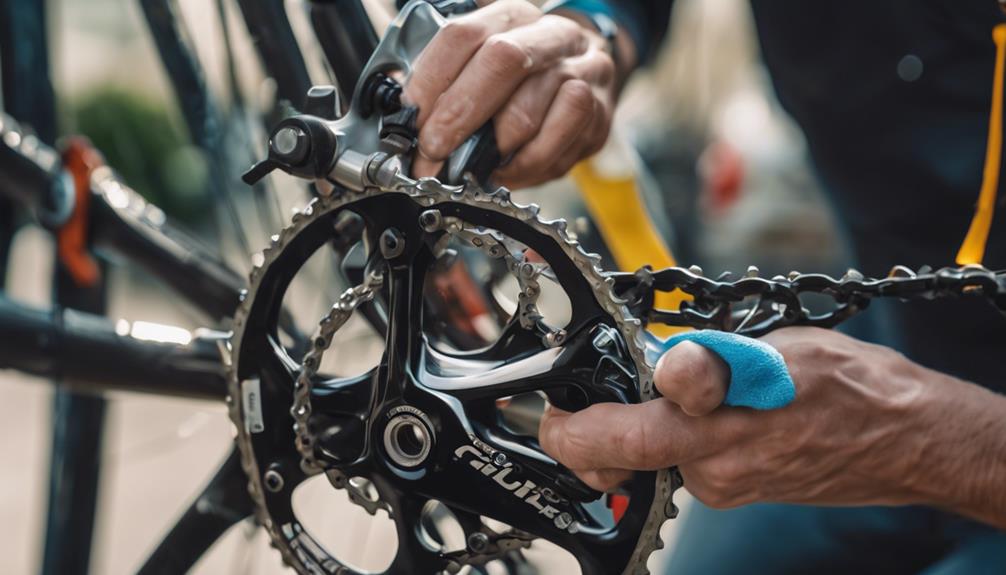Bicycles are an increasingly popular mode of transportation and recreation, offering an eco-friendly alternative to cars and public transport. However, many potential buyers find themselves asking, “How much does a bicycle cost?” The price of a bicycle can vary widely based on several factors, including type, brand, quality, and features. In this article, we’ll break down the various components that influence bicycle prices, helping you make an informed decision when purchasing your next bike.
Factors Affecting Bicycle Prices
When considering how much a bicycle costs, it’s essential to understand the factors that influence pricing. The type of bicycle you choose—be it a road bike, mountain bike, hybrid bike, or cruiser—can significantly affect its price. Additionally, the materials used in the frame (such as aluminum, carbon fiber, or steel), the quality of components (like gears, brakes, and wheels), and the brand reputation all play a crucial role. Generally, higher-quality bikes with advanced materials and technologies will command a higher price point.
Types of Bicycles and Their Price Ranges
The market offers various types of bicycles, and each category has its price range. For instance, entry-level road bikes can start at around $500, while high-end models may exceed $10,000. Mountain bikes typically range from $400 for basic models to over $8,000 for professional-grade options. Hybrid bikes, which combine features of both road and mountain bikes, generally fall between $300 and $1,500. Understanding these categories can help you identify how much a bicycle costs based on your needs and preferences.
New vs. Used Bicycles: Cost Considerations
One of the most significant decisions you’ll face is whether to buy a new or used bicycle. New bicycles come with warranties and the latest technology but can be more expensive. Used bicycles, on the other hand, can offer substantial savings—often 50% or more off the original price. However, buying used comes with risks, such as hidden damage or outdated components. It’s essential to weigh the benefits and drawbacks carefully when determining how much a bicycle costs in both scenarios.
Where to Buy Your Bicycle
The place where you purchase your bicycle can also influence its cost. Local bike shops often provide professional advice and fitting services, but their prices may be higher than online retailers. Conversely, online platforms may offer competitive pricing but lack the personal touch and support of a local shop. Additionally, consider checking out big-box retailers, garage sales, or classified ads for budget-friendly options. Each buying channel can affect how much a bicycle costs, so choose wisely based on your comfort level and budget.
Additional Costs Associated with Bicycle Ownership
When calculating how much a bicycle costs, it’s crucial to factor in additional expenses beyond the initial purchase price. Accessories such as helmets, locks, lights, and repair kits can add up. Maintenance costs, including tune-ups and replacement parts, should also be considered. If you plan to ride frequently, investing in quality gear and regular maintenance is essential for long-term satisfaction and safety. Be sure to create a budget that includes these ongoing costs to get a complete picture of bicycle ownership.
Budgeting for Your Bicycle Purchase
Creating a budget is a vital step in your bicycle buying journey. Start by determining how much you can comfortably afford without compromising your financial stability. Consider setting aside funds specifically for your bicycle purchase and related expenses. Additionally, research financing options if you’re considering a high-end model that may be out of your immediate budget. Remember, how much a bicycle costs is not just about the sticker price; it’s about the total investment over time.
Conclusion: Making an Informed Decision on Bicycle Costs
In conclusion, understanding how much a bicycle costs involves more than simply checking price tags. By considering the type of bike, new versus used options, where to purchase, and associated costs, you can make a well-informed decision. Remember to factor in your budget and ongoing expenses to ensure that your bicycle purchase is sustainable and enjoyable in the long run. With the right approach, you’ll find a bicycle that meets your needs and fits within your budget, allowing you to enjoy all the benefits of cycling.
